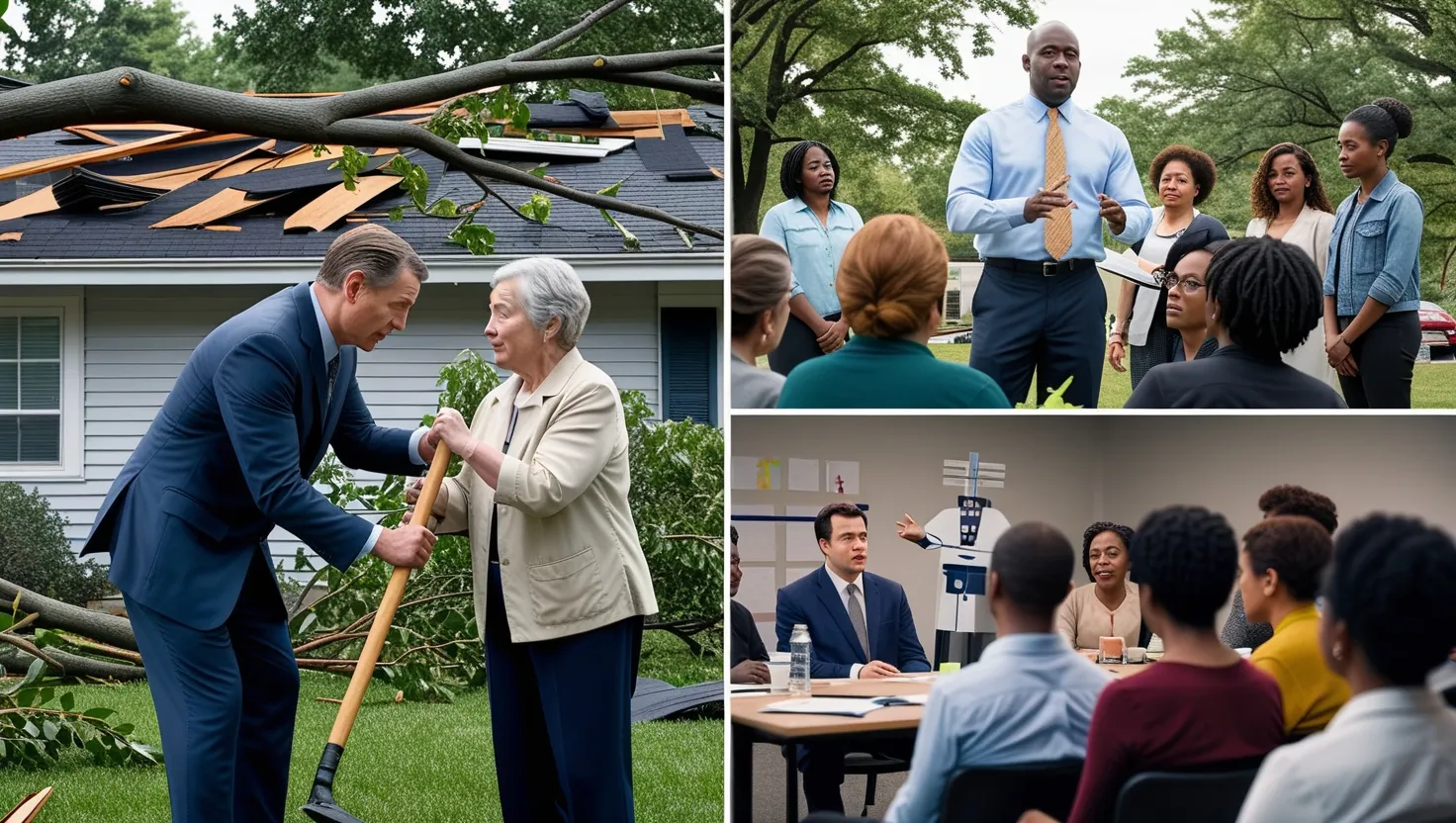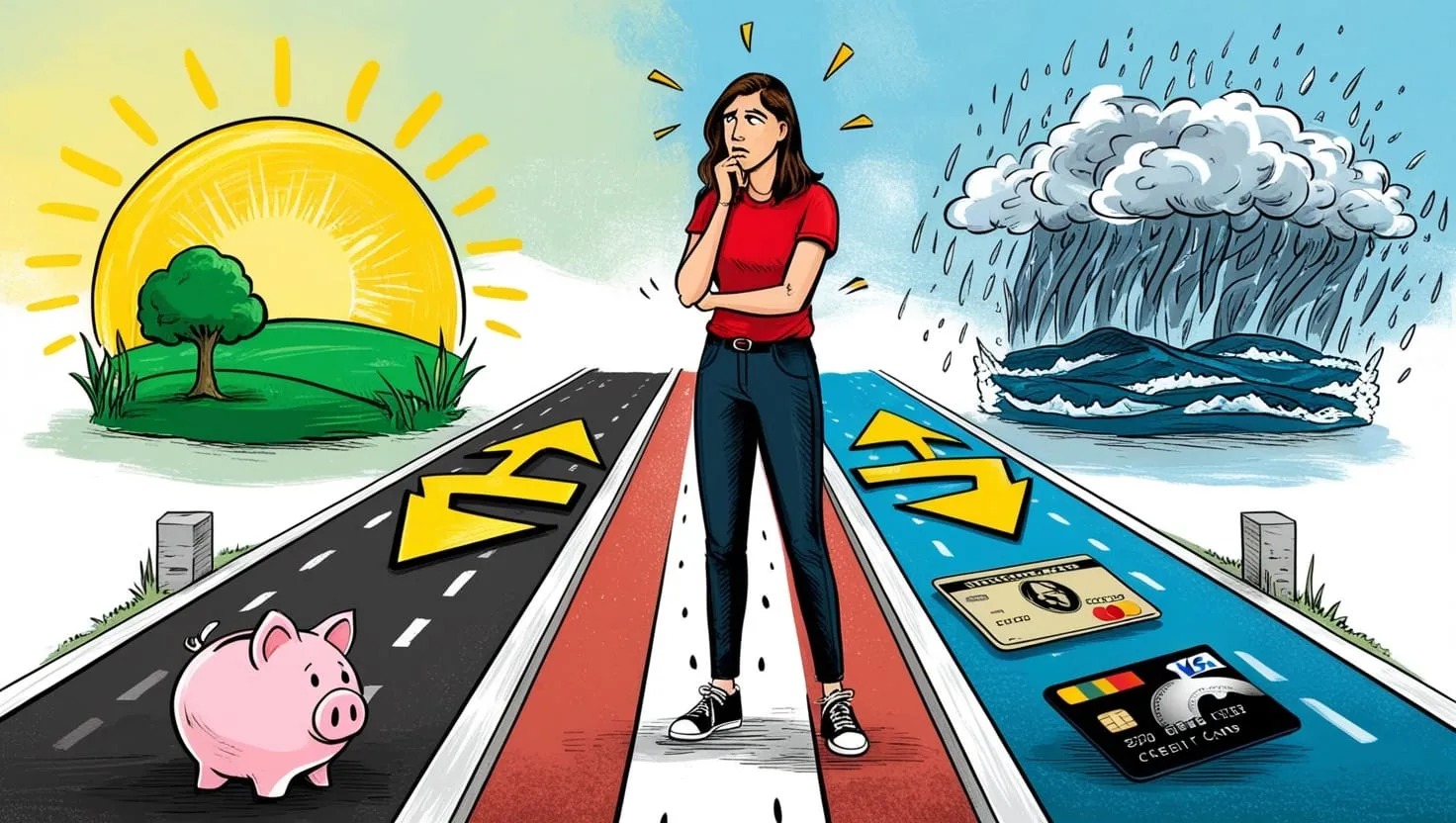Jamie’s story begins with a closet full of clothes he couldn’t quite decipher. As a color-blind teenager, he often struggled to match outfits or understand why certain pieces were considered trendy. But where others saw limitation, Jamie saw opportunity.
One day, while sorting through his wardrobe, Jamie realized that his inability to see colors the way others did gave him a unique perspective. He focused on textures, patterns, and quality of materials rather than just hues. This shift in perception sparked an idea: what if he could turn his “disadvantage” into a business advantage?
Jamie started small, reselling clothes from his own closet online. He wrote detailed descriptions that went beyond color, highlighting the feel of fabrics, the intricacy of stitching, and the overall condition of each item. To his surprise, customers responded positively to this approach. They appreciated the focus on quality and craftsmanship rather than just visual appeal.
Encouraged by his initial success, Jamie expanded his inventory by visiting thrift stores and estate sales. His color blindness proved to be an unexpected asset in these treasure hunts. While others might overlook a high-quality piece due to an unfashionable color, Jamie’s eye was drawn to well-made garments regardless of their hue.
As his business grew, Jamie learned valuable lessons about market dynamics and depreciation. He discovered that certain brands held their value better than others, and that some styles came back into fashion cyclically. This knowledge helped him make smarter purchasing decisions and price his items more effectively.
“Fashion is about expressing yourself, not just following trends,” Jamie often told his customers. This philosophy resonated with many who were tired of fast fashion and wanted to invest in timeless pieces.
Jamie’s unique approach to clothing resale caught the attention of local media. In an interview, he explained, “I don’t see color the way most people do, but I see value in places others might miss. It’s not about what’s trendy this season; it’s about quality that lasts.”
This publicity brought new challenges and opportunities. Suddenly, Jamie was fielding questions about sustainable fashion and the environmental impact of the clothing industry. He dove into research, learning about the massive water consumption in textile production and the problems of synthetic fibers shedding microplastics.
Have you ever considered the lifecycle of your clothes? From production to disposal, each garment has an environmental footprint.
Armed with this knowledge, Jamie began incorporating sustainability into his business model. He started offering repair services to extend the life of clothes and educated his customers about proper garment care. “A well-maintained piece of clothing can last for years,” he’d say, “reducing the need for constant consumption.”
Jamie’s business wasn’t just about making money; it became a platform for education and change. He organized clothing swap events in his community, encouraging people to refresh their wardrobes without buying new. These events became social gatherings where attendees shared stories about their favorite outfits and discussed conscious consumption.
As his reputation grew, Jamie faced a new challenge: scaling his business while maintaining its core values. He was approached by investors who saw potential in his unique model, but Jamie was cautious. He didn’t want to lose the personal touch that made his business special.
After much consideration, Jamie decided to grow slowly and organically. He hired a small team, carefully selecting individuals who shared his vision. Together, they expanded the business while staying true to its roots.
One of Jamie’s most significant innovations was the development of a detailed grading system for used clothing. This system went beyond the typical “excellent,” “good,” or “fair” descriptors. It included assessments of fabric integrity, wear patterns, and potential longevity. This standardized approach brought a new level of professionalism to the world of secondhand fashion.
Jamie’s success story challenges our preconceptions about disabilities. His color blindness, often seen as a hindrance in the visually-oriented world of fashion, became the foundation of a thriving business. It raises an interesting question: How often do we overlook our own unique perspectives as potential strengths?
As the business continued to grow, Jamie never lost sight of his original mission. He regularly spoke at schools and community events, sharing his journey and inspiring others to think differently about challenges in their lives. “Every obstacle is an opportunity in disguise,” he would say, encouraging his audience to reframe their perceived limitations.
The fashion industry took notice of Jamie’s innovative approach. He was invited to speak at industry conferences, where he challenged traditional notions of value and trend-setting. His message of quality over fleeting fashion resonated with many who were growing disillusioned with the fast-paced, often wasteful nature of the industry.
Jamie’s business model also caught the attention of economists and business scholars. They were intrigued by how he had created a successful enterprise in a saturated market by focusing on often-overlooked aspects of clothing. His approach to depreciation and value retention in secondhand goods became a case study in several business schools.
As his influence grew, Jamie began collaborating with designers and brands who were interested in creating more durable, timeless pieces. He offered insights into what makes clothing last, both in terms of physical durability and style longevity. This collaboration led to a small but impactful shift in how some brands approached their designs.
“The most sustainable garment is the one you already own,” Jamie would often remind his customers and collaborators. This simple statement encapsulated his business philosophy and his approach to fashion.
Jamie’s journey wasn’t without its challenges. As his business grew, he had to navigate complex regulations around secondhand goods and online sales. He also faced skepticism from some quarters of the traditional fashion industry who viewed his approach as a threat to established business models.
But for every challenge, Jamie found an opportunity to innovate. When faced with the problem of accurately describing colors to his color-seeing customers, he developed a system of texture and pattern descriptions that many found more useful than traditional color names. This system became so popular that other retailers began adopting it, particularly for online sales where customers couldn’t touch the garments themselves.
Jamie’s story is more than just a business success; it’s a testament to the power of perspective. By embracing what many would consider a disadvantage, he created a unique niche in a crowded market. His journey reminds us that our differences can be our greatest strengths if we learn to harness them effectively.
As we consider Jamie’s story, it’s worth asking ourselves: What unique perspectives do we bring to our work and lives? How can we turn our challenges into opportunities?
Jamie’s business continues to evolve, always staying true to its core values of quality, sustainability, and individuality. It stands as a beacon in the fashion industry, showing that success can be achieved through unconventional means and that true style goes far beyond what meets the eye.
In a world often fixated on visual perfection, Jamie’s color-blind vision has opened eyes to a new way of seeing and valuing fashion. His story challenges us to look beyond the surface, to find worth in unexpected places, and to reimagine what we consider limitations. It’s a powerful reminder that sometimes, not seeing things the way everyone else does can be the key to seeing things no one else has.






